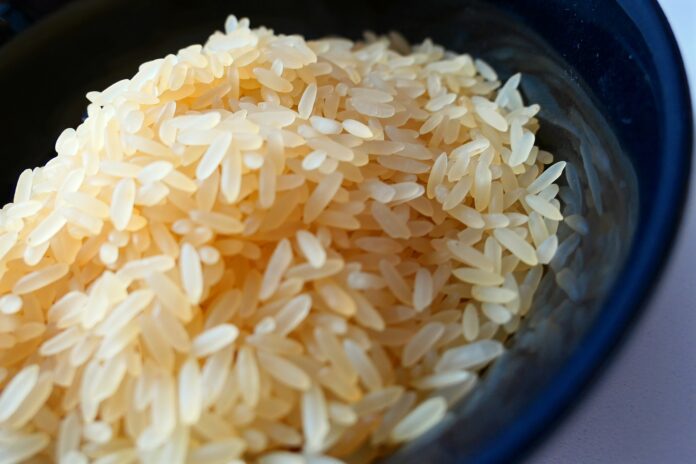Understanding the Concept of a “Bland” Diet for Pets
When pets, particularly dogs, experience episodes of vomiting or diarrhea, pet owners often seek advice on feeding them a “bland” diet until their condition improves. The term “bland” can have various interpretations, and its application in pet nutrition can be more complex than it appears. This article explores what constitutes a bland diet, important considerations for pet owners, and the significance of veterinary guidance in managing gastrointestinal issues.
What Does “Bland” Mean in Pet Nutrition?
To pet owners, a bland diet for pets may signify different things. For some, it implies a simple, easily digestible meal that minimizes gastrointestinal irritation. For others, it may refer to a diet with fewer ingredients, reduced fat content, or modifications in fiber levels. Understanding the specific nutritional needs of pets during gastrointestinal disturbances is crucial for their recovery.
The Role of Your Veterinarian
Consultation with a veterinarian is essential when considering dietary adjustments for a pet with an upset stomach. Veterinarians can offer tailored diet recommendations based on the specific health issues your pet is encountering. They may suggest a short-term therapeutic diet specifically designed to address gastrointestinal problems, which typically contains lower fat and easily digestible ingredients. Depending on your pet’s situation, your vet might also advise home-cooked meals for a few days.
Cooking for Your Pet: Important Considerations
One common yet sometimes risky approach that pet owners may adopt is preparing home-cooked meals for their pets during brief episodes of gastrointestinal upset. While a combination of two ingredients—a protein and a carbohydrate—might seem appealing, it’s crucial to consult with a veterinarian first. A recommended combination could be cooked white rice and cooked chicken or turkey breast in a 2:1 ratio. For instance, you might prepare:
- 2 cups (approximately 300 grams) of cooked white rice
- 1 cup (approximately 150 grams) of chopped baked chicken or turkey breast
When preparing this meal, ensure to remove any skin and bones, avoiding added seasonings, butter, or oil. It’s important to note that while chicken and rice can serve as a short-term solution, this mixture alone does not constitute a complete and balanced diet.
Risks of Long-Term Home-Cooked Diets
Short stints of an unbalanced diet containing just chicken and rice may not result in immediate nutritional deficiencies, but prolonged feeding (lasting weeks or months) can lead to severe health issues. Most pets experiencing temporary vomiting or diarrhea usually revert to their regular diet after a few days, provided it is nutritionally appropriate. However, if a long-term home-cooked diet becomes necessary, it is critical to follow recipes formulated by a Board Certified Veterinary Nutritionist®. Such recipes ensure nutritional balance, appropriate life stage considerations, and inclusion of over 30 essential nutrients in bioavailable forms, allowing optimal digestion and utilization by your pet.
Final Thoughts
Before embarking on the journey of home-cooked diets for your pets, it’s wise to consult with a veterinarian. Research indicates that most online recipes for home-cooked pet diets, unless sourced from recognized veterinary nutritionists, tend to be unbalanced or lacking essential nutrients. Seeking professional guidance can prevent harm and promote recovery during gastrointestinal issues in pets.
For more information on pet nutrition and care, be sure to consult additional resources or speak with your local veterinarian.











